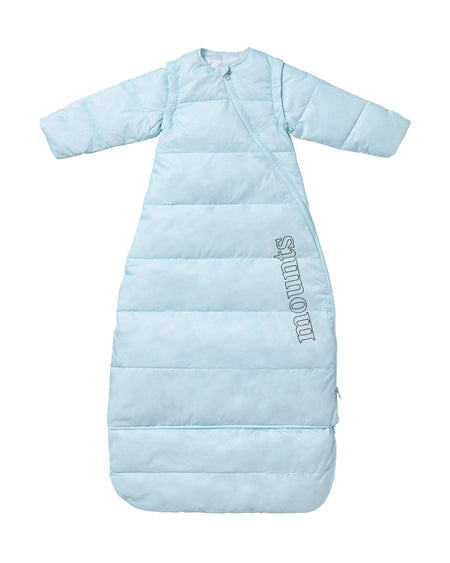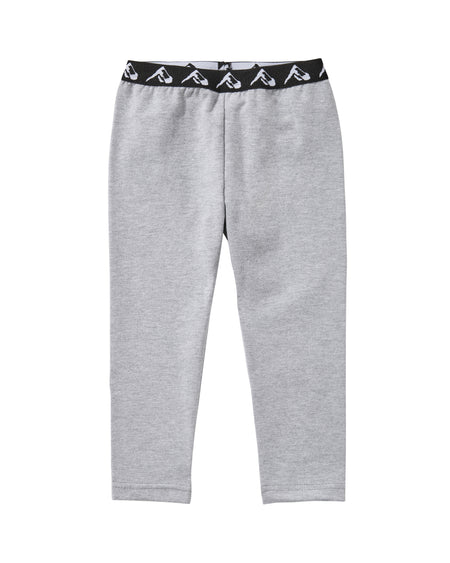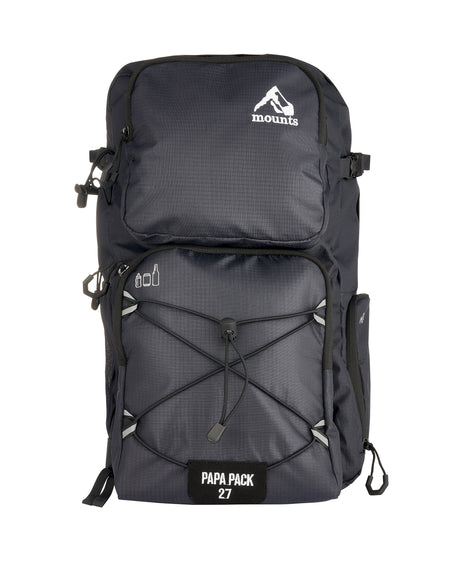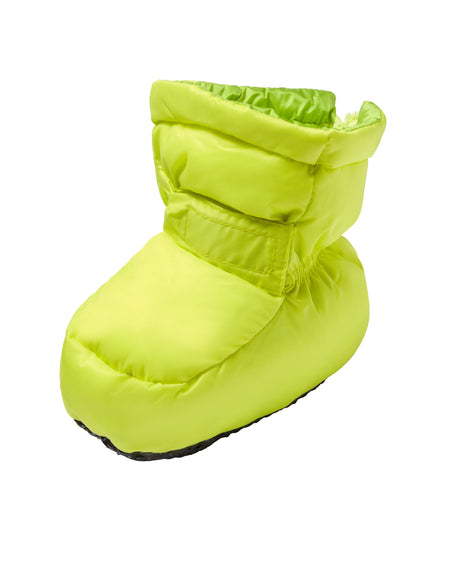Camping With A Toddler - The Big Checklist
September 04 2022 – Timothy Butcher
Camping with A Toddler Checklist - The Big List

-
Shelter:
-
Tent – Consider the type of tent you need as there are 100’s of variations.
- Separated rooms for child and adults
- Blackout material to simulate home experience and avoid early wake ups
-
Tent – Consider the type of tent you need as there are 100’s of variations.
- Extra ventilation for daytime tent use heat management and for 3+ bodies of heat generation
- Closed off area for gear to be stored and not ruffled through
- Height of tent - mainly to save your back when bending over to dress your little one, carry them through the main door, or one of the many activities you pick your child up for
-
Sleeping pad/ mattress/ insulation
- Travel cots are a good option but typically have an extremely low and unsuitable insulation value to safely keep your child warm in the outdoors.
- Check the weather/ season and ensure your sleeping pad/ mattress has the correct insulation value. See here
- Insulation value or R-value is additive. If you put 2 pads together with R-values of 3, the resulting R-value is 6 (3+3). A typical 3 seasons (non-winter) R-value is around 5.
-
Sleeping bag/ sleeping garment
- Ensure the correct warmth rating is accounted for. Legal limits for at home garments are at TOG 3.5 and cater for indoor environments of no lower than 15°C. Outdoor environments can get close to 0°C all year round.
- Mounts Slumber Sacks are rated TOG 7 and TOG 12 for outdoor only use. See here.
- Don’t sacrifice your principles and ignore a child’s safe sleep guidance. Stick to the guidance; Wearable blankets, no loose blankets/ quilts, no loose choking items, etc. See here
-
Shelter: for comfort items
- Pillow
- Mattress sheet
- Sleeping bag liner
- Eye shades
- Ear plugs
- Sleeping socks
- Tent booties
-
Water:
-
Ensure you can access plenty of water. Beyond campsites that have a source of drinkable water and bringing your own drinking water there are plenty of other solutions. Consider what is going to work best for you and a sensitive toddlers’ tummy.
- Boiling
- Chemical Treatment
-
Ensure you can access plenty of water. Beyond campsites that have a source of drinkable water and bringing your own drinking water there are plenty of other solutions. Consider what is going to work best for you and a sensitive toddlers’ tummy.
- Reverse Osmosis
- Squeeze Filter
- UV purification
-
Food:
- A well feed child is usually a happy one. Meals can keep children in one place, stop tears/ tantrums/ laziness and can be used as a good incentive.
-
Snacks: Having ready to consume food is a necessary tool even for the most organized camper. Situations un-expectantly come up, the weather can suddenly change, camp can take too long to set up, your fire doesn’t light, the list is endless. Being able to quickly fill your child’s tummy is high on the list as a necessary tool.
- Fruit, cheese, packaged food, chips, crackers, tinned food, etc
-
Meals: There is an endless list of meals to make when camping so we simply say consider the method of cooking. Reduce your prep time and clean up time to ensure you have sufficient ability to look after your child. Know what time sundown is to avoid cooking/ eating in the dark.
- Pre-made/ pre-prepared food is a great option. Home wrapped vegetables /meat in aluminium foil ready to drop into a fire requires no food prep. Freeze a stew/ spaghetti / saucy meal in a pot to directly place on fire. Just add water dehydrated meals. Premade BBQ items (like pre-cut veggie skewers) go straight onto the heat.
- Fires are part of a great camping experience but require time to build a good cooking fire. For a good cooking fire you need to invest the time to burn down to a charcoal base. Ensure you have the sunlight and time available.
- Gas stoves are efficient and quick to set up. However are prone to running out of gas if you don’t have backups.
- Liquid stoves are efficient but not always quick to setup/ get going. They are easier to monitor remaining levels of fuel and not get caught out.
- Charcoal coals are heavy to transport and can be hard to deliver good heat outside a contained BBQ. They are great however at delivering evenly distributed heat to a Dutch oven.
-
Clothing:
- Seasons, climates, weather conditions, and terrain all vary. You can prepare as many backup clothes as your heart desires. When preparing your clothing make sure you understand layering, how to stay dry and have separate/ clean bedtime clothes.
-
Bathroom:
- Don’t run out of diapers! Having an impromptu potty training session during your camping experience is never going to end well. If your child no longer uses diapers don’t simply expect they will be happy to squat in the woods (especially if they never have before).
-
Hygiene/ medical:
- Ensure to plan for the unexpected. Having a good medical bag is sometimes a tedious/ tiresome exercise. Medical items go out of date at different times and pulling the bag out of your cupboard from when you first went backpacking doesn’t cut it with kids. Reinvest in new set of medical items when your start camping with kids.
- At a minimum don’t forget a good box of plasters. Covering up the sight of scraps and cuts can help calm a situation. Antihistamine, antiseptic cream and fever/ pain medicine are the most common child ailments and may be the difference between getting back into the car or staying another night.
-
Gear:
- Gear is endless, personal and can add a lot of unnecessary weight. Make sure to have one piece of gear to share/ give to your child. Make them feel involved and apart of the camping experience.
- Kids love flashlights and they are one of the cheapest, indestructible and safe tools you can share with your child. Just don’t forget the spare batteries!
- Other child friendly camping gear includes… binoculars, compass, whistle, map, utility belt, adventure clothing, rope, shovel, walkie talkie, windup radio, backpack.
- Furniture can be great but usually take up a lot of room. Consider a table or flat surface to balance your child’s meals they are not as good as adults at balancing their plate on a rock or their lap.
- Cooking utensils. Ensure to have the correct tools for your meals. Don’t let kids go hungry because you don’t have a spatula to flip your pancake or a chopping board to chop your vegetables.
-
Activities:
- Plan an activity between the camp activities. This could be a walk, firewood collection or the use of a toy/game. Preparing for your downtime can help you get some relax time, tire out your kids for bed time and avoid any stress of looking for something to do.
-
Teach good nature edict from the start
- Always take your trash and leave the campsite better than when you found it. Teaching this practice from an early age will help ensure we all have places to go for generations to come. See here
-
Have Fun!
- Don’t turn your kids first camping experience into the most hard-core trial of your backpacking skills. Get them used to the idea/ experience and slowly bring them up. It takes time to understand fire safety, how to sleep in a tent full of noises, and to enjoy the surroundings. Let them!

For more information please visit our Mountain Resource Center
